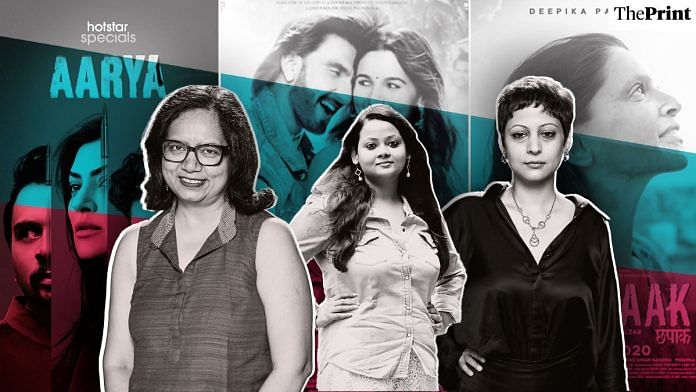New Delhi: Liberation is looming for the one-dimensional damsels and martyred mothers trapped in the margins of tired scripts. A rising force of fierce, independent women is slowly seizing both screen time and end credits in Bollywood and streaming platforms.
From the chiffon-clad, patriarchy-smashing Rani in Rocky Aur Rani Kii Prem Kahaani, to crusading acid attack survivor Malti in Chhapaak, and the formidable gun-toting mom Aarya in the namesake series, powerful women protagonists are owning their stories and demanding to be seen, heard, celebrated, even feared. The script is changing, and the pen belongs to women screenwriters like Ishita Moitra, Atika Chohan, and Anu Singh Choudhary.
But it isn’t just about well-written female characters— it’s about reframing the entire gaze. Even the male characters written by women tend to be more nuanced, like Rani’s Kathak dancer father or the Emmy-nominated Aarya’s ACP Khan, a hardboiled cop at ease with his identity as a gay man. The result is richer stories, layered characters, and better viewing experiences.
“I don’t think we consciously do this, but just via our perspective, this shift happens. Women see relationships, situations, and people very differently, and that of course translates onto our pages. The more women there are writing, behind the camera, making shows and films, the more you’ll see the dynamic on screen changing,” said Rocky Aur Rani Kii Prem Kahaani writer Moitra.
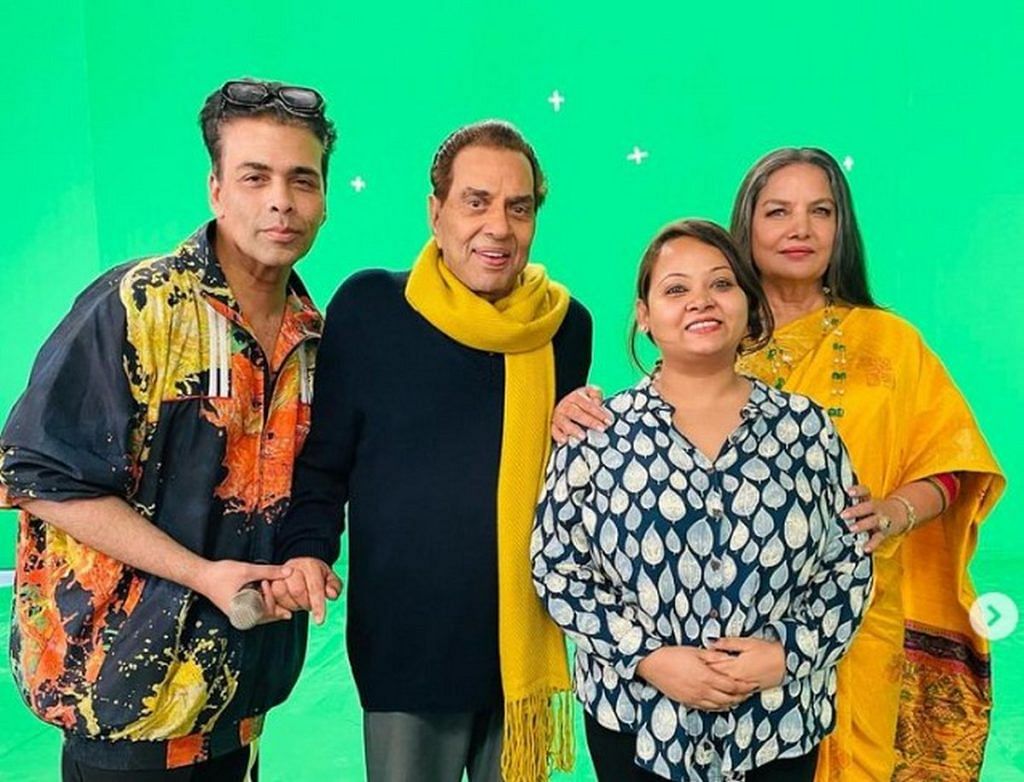
But not all paths are smooth. Even as hypermasculine films like Pushpa and Animal rise to the top of the box office, female-centric productions are getting cancelled or struggling to get funds. “There is funding winter at the moment for women-led shows,” said Atika Chohan, who co-wrote the screenplay for Chhapaak. Women screenwriters also complain about unequal pay and the pressure to conform to studio demands for stereotypical, male-centric scripts.
Nevertheless, systemic changes are slowly taking root. While Bollywood wasn’t devoid of female screenwriters before, they now finally receive their due credit and find more work thanks to OTT. Gone are the days of a woman actor’s career fading after 30 or writers’ rooms populated with only men creating unrelatable female characters who exist just to prop up male leads. Writing teams now have more female voices, as well as men who are eager to listen and learn.
Female-led narratives now face a new kind of constraint: a pressure to conform to certain ideals. They must embody strength, resilience, and feminism, and storylines must focus on “social issues”
Also Read: YouTube favourite to OTT darling—TVF’s success has even Bollywood calling
New openings, new confines
Screenwriters are the “women” of the film industry goes a Bollywood saying, suggesting they silently keep things running, but their contributions are hidden and undervalued. One can only wonder what this analogy says about female screenwriters themselves, pointed out filmmaker and writer Anubha Yadav, author of Scripting Bollywood, in a 2021 interview.
But now more women are emerging from the shadows to claim their rightful place as writers, producers, and directors. From Guneet Monga’s historic Oscar win for The Elephant Whisperers (2022) to Zoya Akhtar and Reema Kagti’s prolific production house Tiger Baby Films, and Ishita Moitra’s Filmfare nomination for her dialogues in Rocky Aur Rani Kii Prem Kahaani (2023), this visibility is crucial.
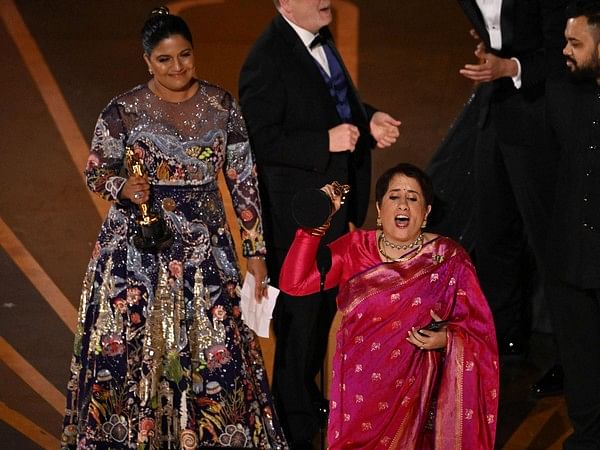
It’s paving the way for better roles for female actors, candid conversations about the pay gap, and even policy changes within production houses.
Global OTT platforms are spearheading these changes, whether it’s the gender parity achieved by Netflix in leading roles last year or Amazon Prime Video’s policy calling for a minimum of 30 per cent women, “ideally”, in creative teams with three or more members, with a goal of reaching 50 per cent in 2024.
Despite these steps towards improved representation, however, there’s a big distance to cover.
“You are never really paid for what you bring to the table,” said Chohan, who other than Chhapaak (2020), is known for her work on Guilty (2020) and Agra (2023). “My journey has been about creating opportunities for myself.”
There is definitely a shifting of gaze, of understanding that a woman will react in a particular way in a particular situation, and bringing that out
-Anu Singh Choudhary, screenwriter
Female-led narratives now face a new kind of constraint: a pressure to conform to certain ideals. They must embody strength, resilience, and feminism, and storylines must focus on “social issues”, leaving less room for humour and exploration. When a female character steps outside this prescribed mould or utters lines deemed “problematic”, the hue and cry can be that much louder.
Anu Choudhary experienced this firsthand after the release of the suspense thriller Sajini Shinde Ka Viral Video (2023), which she co-wrote with Parinda Joshi and Mikhil Musale.
“We were severely trolled for the dialogue in which Bela Barot (a policewoman played by Nimrat Kaur) questions a certain kind of feminism,” Choudhary said. “That shows how we still expect women to behave a certain way.”
The film, about a teacher who goes missing after a video of a night out goes viral, explores themes like social restrictions, shame, and conditional ‘respect’ given to women. However, the dialogues faced criticism for not being politically correct enough.
There’s a long way to go before female characters can be free from the burden of being politically correct, Choudhary points out. She is looking forward to a time when they can be crass, uncouth, rude, and judged as human beings rather than through gender ideals.
Choudhary herself aspires to expand her horizons, writing for a wider range of actors. “I want to write for a Kartik Aaryan or a Hrithik Roshan,” she said, but added a caveat. “I would prioritise a Deepika Padukone or a Kareena Kapoor Khan because we need more of that. In mainstream films, it is still about the male actor rather than the female, or just an actor, and that needs to change.”

Scripting women in 3D
What women characters talk about is a widely accepted measure of how they are represented. It’s a simple litmus test: check whether any two women in a book or movie talk to each other about anything other than a man.
A Tata Institute of Social Sciences (TISS) study, published last year, applied this metric, called the Bechdel test, to 25 “box office toppers” and 10 “women-centric” Hindi films. Only 36 per cent of the blockbusters passed, while all the women-centric films did. Tellingly, while blockbuster characters spoke of babies, religious rituals, domesticity, and weight, those in women-centric films discussed mental health, career prospects, and even bodily functions.
It’s debatable whether only women can effectively write women, but undeniably, they bring unique perspectives and life experiences to the table, regardless of the film’s focus. This results in better-rounded characters with more authentic voices. And there is a demand for that.
For every film that has been made, there are seven to eight that were not. It’s a heartbreaking and humbling process
-Atika Chohan, screenwriter
“There is definitely a shifting of gaze, of understanding that a woman will react in a particular way in a particular situation, and bringing that out,” Choudhary said.
For Aarya, she added, there was “a very strong female representation” in the writers’ room. This cohesive, safe space for women, according to her, facilitated the writing of strong, nuanced female characters.
“Aarya is a don, but she is also a mother and a working woman. For how she reacts in a certain situation, a woman will be able to give accurate input. It comes from life experiences,” Choudhary said.
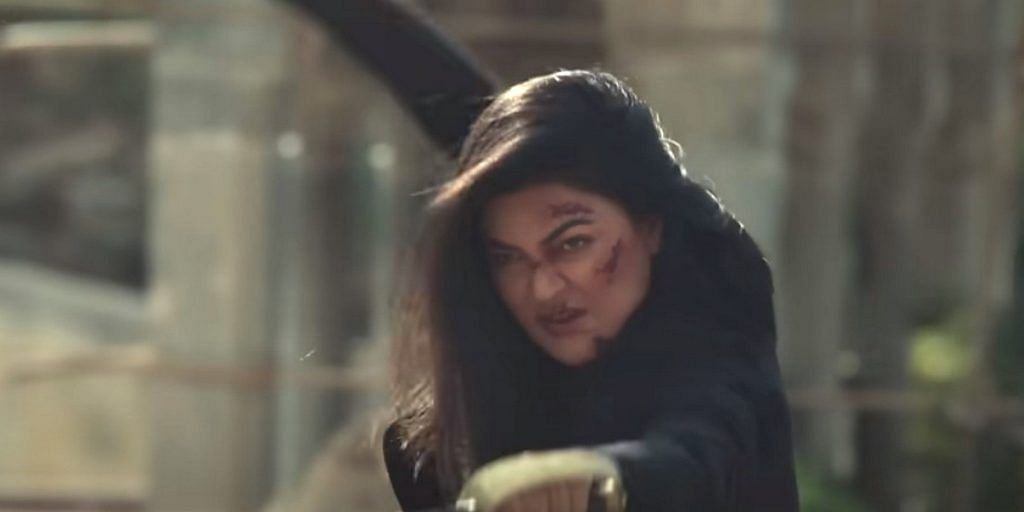
What also set Aarya apart was that the central protagonist was a middle-aged woman depicted, atypically for Indian content, as very much in the prime of her life. The role brought Sushmita Sen back to the screen after an almost decade-long hiatus and viewers could not get enough of her. The third season of the show had 5 million views in the week of its release in 2023.
Even Karan Johar’s mainstream blockbuster Rocky Aur Rani Kii Prem Kahaani, co-written by Ishita Moitra, plays with gender role reversals and offers a light-hearted critique of patriarchy, homophobia, and cancel culture.
“I am glad Karan decided to be brave and use his resources and platform to make Rocky Aur Rani Kii Prem Kahaani, and give space for the kind of politics it had. Now, more people want to make films like that,” said Chohan. The movie earned over Rs 355 crore worldwide, making it one of the top 10 highest-grossing Indian films of 2023.
These views and box office results underscore that there is a substantial audience for well-written, female-led narratives in mainstream entertainment.
Women writers are also scripting hard-hitting films that tackle political issues head-on, with Chohan standing out in this arena.
For instance, Guilty, co-written by Kanika Dhillon, Ruchi Narain, and Chohan (who contributed to the dialogue) depicts the harsh aftermath of the MeToo movement, where men escape accountability and women bear the burden of proof.
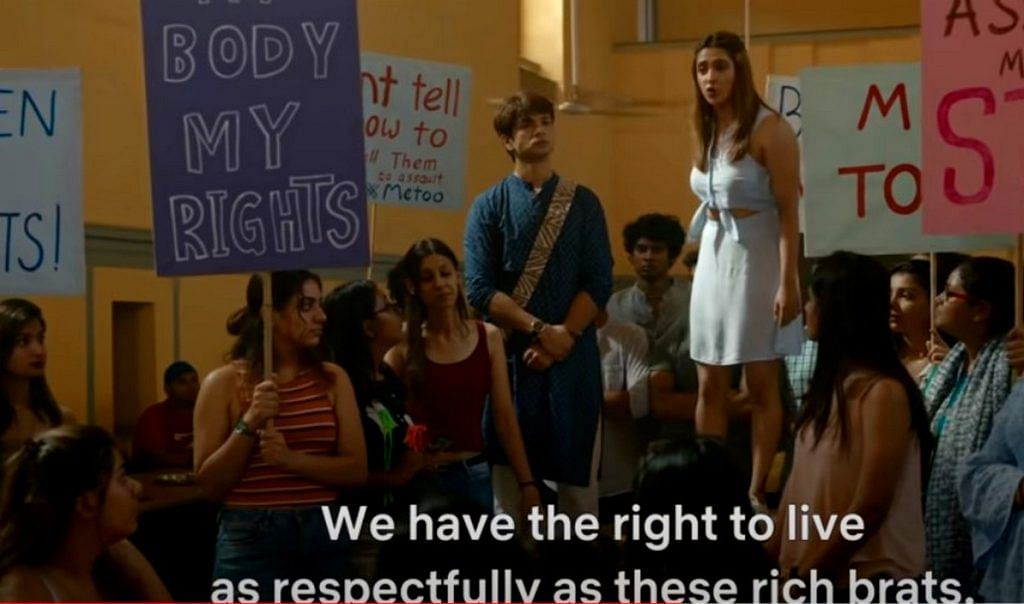
It navigates the complex question of who is “guilty” and how women are pitted against one another in patriarchal structures. The dialogue sparkles with sharp lines, from a lawyer casually remarking about being “on the verge of firing female interns” to the protagonist Nanki (Kiara Advani) sarcastically advising her boyfriend’s accuser to be “more responsible”.
Women writers are ambitious and always reaching out for more. They might not opt easily for tropes
-Tanuja Chandra, screenwriter & director
Similarly, the powerful Chhapaak, co-written with director Meghana Gulzar, places acid attack survivor Malti (Deepika Padukone) and her agency front and centre, while the attacker remains in the shadows. In one scene, Malti confronts her partner’s saviour complex: “You behave like you were the victim. You are not. He threw acid on my face.” The screenplay goes beyond the attack and the court case, focusing on Malti’s desire to live. The film also showcases an unconventional family dynamic with the husband managing the home and child while the wife prepares for her legal battle.
Chohan makes no bones about her principles coming first. She said she’d rather write for a daily soap to pay her bills than work for “sexist” films.
Men under the female gaze
In the era of Animal and brooding bad boys, female writers and directors are ensuring men get their moment as complex, multifaceted human beings. From Sunny (Farhan Akhtar) in Zoya Akhtar’s Dil Dhadakne Do (2015) to Rana (Irrfan Khan) in Piku (2015), written by Juhi Chaturvedi, male characters are owning their vulnerability and sensitivity.
Then there is the loquacious, gentle, Urdu poetry-spouting Yogi (Irrfan Khan) in Qarib Qarib Singlle (2017), directed and co-written by Tanuja Chandra, whose most recent directorial venture is the Amazon Prime Video series Wedding.con.
“The character of Yogi, the male lead, was very much a reflection of the female gaze,” Chandra told ThePrint. “My co-writer, Gazal Dhaliwal and I wrote the screenplay of Qarib Qarib Singlle based on a story by my mother, Kamna Chandra. So, this film, which has received immense love from viewers over the years, came solidly from the sensibility of women.”
The female characters have more dimension, flesh, blood, and nuances… this leads to a domino effect where the equation with the male protagonist also changes. And thus, the story is also then told differently
-Ishita Moitra, screenwriter
Rocky Aur Rani Kii Prem Kahaani is another film that deftly explores the spectrum of masculinity—from a domineering father (Aamir Bashir) with a redemption arc, to a graceful dancer (Tota Roy Chowdhury), to a soft-spoken grandfather (Dharmendra) who finds love late in life.
But it’s Rocky, played to perfection by Ranveer Singh, who steals the show. For many, his character is the surprise package in the film, more than Rani’s. He’s all muscle, all heart, and the very antithesis of toxic masculinity.
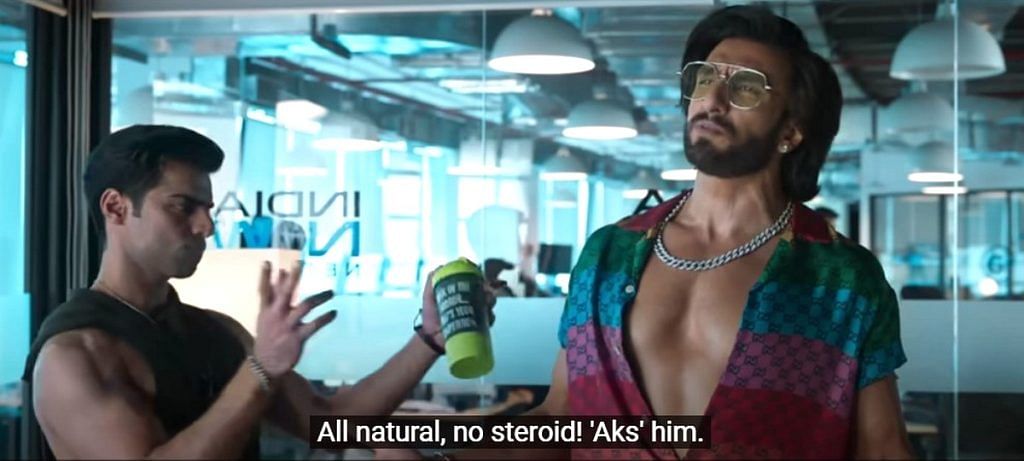
“To break stereotypes, we have to create them. So, we created the gym bro stereotype for Rocky, which is the very epitome of masculinity,” Moitra said. “The arc of the character is much better when you start so far away from where you show him at the end of the film.”
Moitra’s dialogues not only add humour but provoke introspection, especially when Rocky questions Rani’s parents’ classism and ‘wokeism’. At a time when every other Bollywood movie has been trolled for its terrible dialogues, from Brahmastra (2022) to Adipurush (2023), Moitra’s dialogues were a breath of fresh air—relatable, hilarious, and firmly rooted in Delhi.
Rocky’s meme-worthy “I am a fragile” line resonates with Gen Z and millennials alike. And his defiance of hypermasculine stereotypes, despite his appearance, firmly establishes him as what the dating world calls a ‘green flag’.
Moitra said that well-developed female characters naturally lead to better male counterparts. “The female characters have more dimension, flesh, blood, and nuances. They aren’t just ‘pure’ or a ‘vamp’. They have agency and opinions. This change in character leads to a domino effect where the equation with the male protagonist also changes. And thus, the story is also then told differently,” Moitra said.
And it’s not just ‘green flags’ that are getting nuanced portrayals. Even ‘red flag’ characters are not reduced to one-note villains. Kanu Behl’s Agra (2023), which premiered at the Cannes Film Festival, is a recent example.
The film, co-written by Chohan, revolves around Guru (Mohit Agarwal), a sexually repressed 24-year-old call centre employee who is desperate for both physical intimacy and personal space in his stifling home.
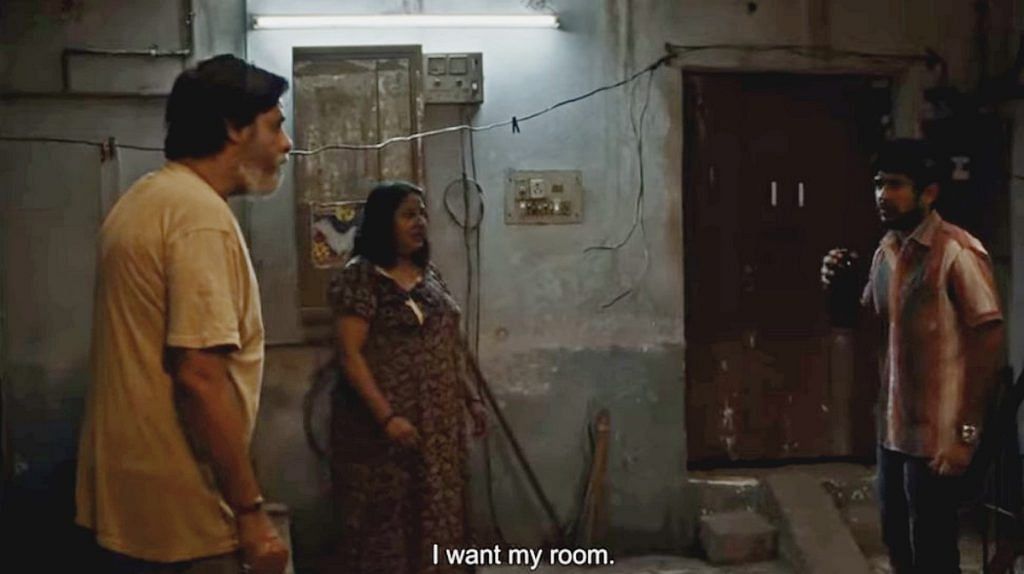
The exploration of sexual repression in men, embodied by Guru, brings out how patriarchy negatively impacts not only women but also men. This insightful portrayal refrains from passing judgment, even when the protagonist teeters on the edge of sexually assaulting a woman who is simply being ‘nice’ to him.
Through it all, a variety of women characters interact with Guru and his socially constructed pathologies. “The women needed to have dignity but also a sense of feistiness,” Chohan said. “I gave my input on making these women understand and use the resources of patriarchy to stay afloat in a male-centric world.”
“Tokenism” to meet diversity quotas often overshadows genuine efforts towards inclusivity. And even well-intentioned attempts at incorporating feminist viewpoints, Chohan said, can fall short in the face of deeply ingrained sexism and patriarchy.
Taking the leap
Every woman screenwriter’s journey has had twists and turns, with some starting fresh out of college and many taking the leap from other media fields. What they have in common is a mix of talent, perseverance, and dashes of serendipity.
For Atika Chohan, Delhi’s frenetic journalism scene no longer satisfied her creative spirit. An early marriage and divorce in her mid-20s sparked a desire for artistic freedom. This led her to Mumbai in 2009 with about Rs 5,000 in her pocket. Yash Raj Films became her first stepping stone, where she penned four episodes of the popular show Rishta.com. From there, her new career gained momentum.
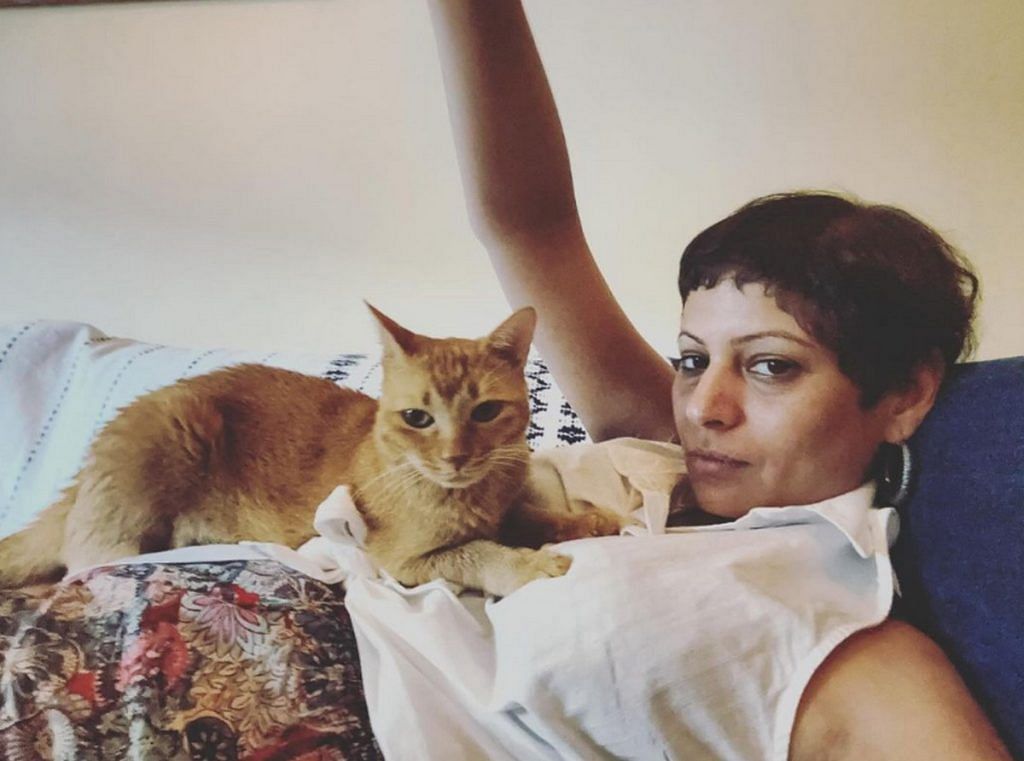
Nearly 15 years later, Chohan boasts an impressive body of acclaimed films, from Chhapaak to Agra, but there are still tough moments.
“For every film that has been made, there are seven to eight that were not. It’s a heartbreaking and humbling process,” said Chohan. But even when she has needed work, Chohan has dropped projects if they don’t align with her values. “I had to let go of a project I was very gung-ho about. After the first few drafts, the brief kind of hinted at making the film more nationalistic and I was extremely uncomfortable with that,” she told The New Indian Express.
For author, translator, and Ramnath Goenka-award-winning journalist Anu Singh Choudhary, transitioning to screenwriting meant leaving a well-established career behind. She shifted to Mumbai in 2019, when many still considered screenwriting a “side hustle” rather than a legitimate career. However, the OTT boom in India created a demand for storytellers like her, as everyone scrambled to make web series.
She considers herself lucky to find work early on. “There was no screenwriting boom and you could see maybe one woman among 10 in a writers’ room,” she said. Choudhary told herself she’d return to translating if screenwriting didn’t work out, but her foothold in OTT proved firm. Her credits include the screen adaptation of Netflix’s Scoop (an adaptation of Jigna Vohra’s Behind Bars in Byculla) and Disney + Hotstar’s Aarya, inspired by the Dutch crime series Penoza.
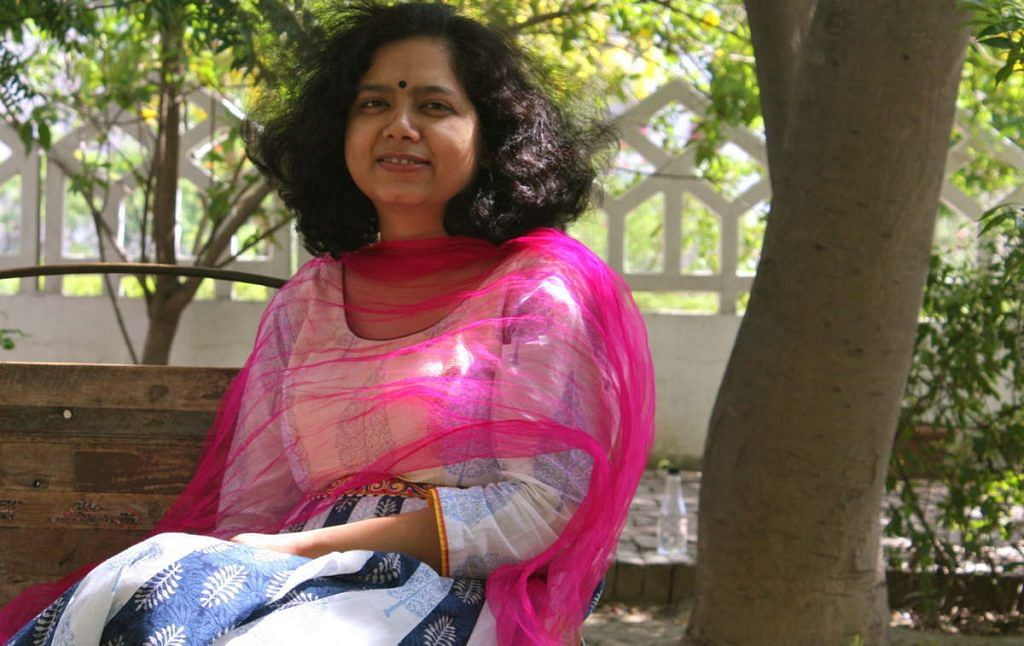
As for 40-year-old Ishita Moitra, she was doing her MA in Delhi when she won a talent contest at a film festival and ended up meeting bigwigs from the film industry. In what was supposed to be a 15-day trip to Mumbai, she bagged a job with Nadiadwala Grandson Entertainment, acquired a flatmate, and never looked back despite expressing regrets about not completing her MA. “I thought if all this was happening to me, why should I go back to Delhi, take an exam and then come back to do the same thing? I just wanted my life in Mumbai to begin, and I thought it had begun by then,” she said in a Hindustan Times interview.
After kicking off her career as the junior-most writer on Kambhakkt Ishq (2009), she joined Yash Raj Films, writing for the crime series Khote Sikkey and the Rhea Chakraborty-starrer comedy Mere Dad Ki Maruti (2013), which finally got her noticed. Four More Shots Please, frequently described as India’s Sex and the City, followed, which she co-wrote with Devika Bhagat.
According to Moitra, it was her dual Punjabi and Bengali skills that nabbed her a spot on the team for Karan Johar’s Rocky Aur Rani Kii Prem Kahaani.
Also Read: Hindi cinema is ‘fixing’ its Punjab on screens. No more Yash Chopra’s mustard-tinted fantasy
Rebooted, but an old story
All of these writers entered the industry when screenwriting wasn’t the hot career choice it is now. Quitting jobs for courses or bombarding production companies with resumes hadn’t yet become the norm. Now, there are more women not just in screenwriting and directing, but in technical departments like production design, cinematography, and film editing.
However, progress has been patchy. As Choudhary noted, “tokenism” to meet diversity quotas often overshadows genuine efforts towards inclusivity. And even well-intentioned attempts at incorporating feminist viewpoints, Chohan said, can fall short in the face of deeply ingrained sexism and patriarchy.
Navigating the industry also requires adjusting artistic aspirations at times. “There is a bit of writing that I call client servicing,” said Soumya Joshi, writer and creative producer at The Story Ink. “I have to write according to what studio executives want, whether or not I like it or agree with it.”
Joshi, who started screenwriting in 2020, takes this in her stride as a business compulsion. “The producers and executives know what will sell, or what the pulse of the audience is. So, I get that and write accordingly,” she said.
Experiences vary based on the production company, according to her. “(Story Ink founder) Sidharth Jain believes in an egalitarian space, and that reflects in our writers’ room or even workspace and environment. That is not necessarily a universal experience,” she added.
But the most pressing issue remains the gender pay gap, a problem throughout Bollywood. Even film stars like Kareena Kapoor Khan, Priyanka Chopra Jonas, and Taapsee Pannu have spoken about being paid significantly less than their male counterparts, regardless of screen time. And even women-centric content does not necessarily guarantee better pay for the female actors or crew.
“I do not get paid enough even though I have done more work than my male counterparts,” said Chohan. Yet, these women writers press on, driven by passion and holding out hope of change.
“Women writers are ambitious and always reaching out for more,” said Chandra. “They might not opt easily for tropes. And I certainly hope they don’t.”
(Edited by Asavari Singh)



